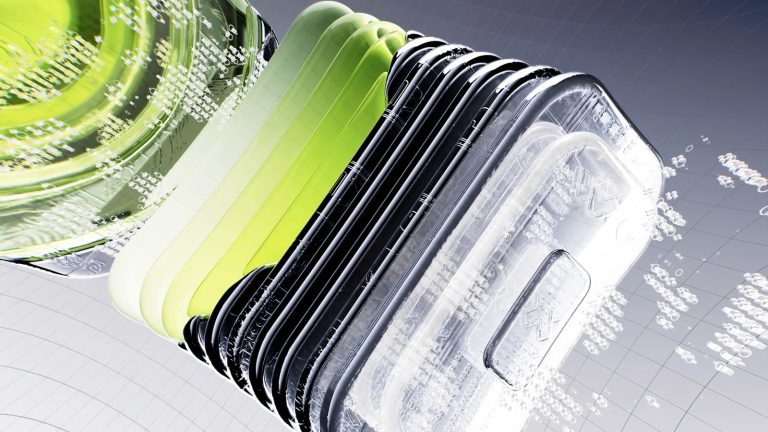Artificial intelligence (AI) is transforming industries worldwide, and trading is no exception. In its newly released report, award-winning broker Alpari delves into how AI is reshaping the trading landscape, from enhancing decision-making to automating complex tasks. The report also charts the evolution of trading technology, tracing its roots back to the 1970s.
How AI Enhances Modern Trading
AI-powered tools available to traders today fall into four primary categories:
- Language Processing
AI tools like Crowd Insight by Trading Central can interpret news reports and assess market sentiment. These tools evaluate whether the sentiment driving the market is rational or emotional, while also weighing the credibility of each media source. Alpari customers gain access to Trading Central’s suite of innovative tools, offering them unique insights. - MetaTrader Expert Advisors
These specialised add-ons for the MetaTrader 4 and 5 platforms utilise AI to analyse market opportunities and, in some cases, even execute trades automatically. Developed by independent creators, these bots enable traders to streamline their strategies with greater efficiency. - High-Frequency Trading (HFT)
A method commonly employed by hedge funds, high-frequency trading uses sophisticated algorithms to execute millions of transactions within seconds. As AI technology becomes more advanced, the efficiency and effectiveness of HFT continue to improve, solidifying its role in large-scale trading. - Simulations
AI simulations provide traders with the ability to model future scenarios by incorporating numerous variables. These simulations are especially valuable for new traders, offering a safe, artificial environment for practising strategies without financial risk.
The Evolution of AI in Trading: A Timeline
The report offers a detailed timeline showcasing how trading technology has evolved over the decades:
- 1971: The establishment of Nasdaq, the first electronic stock exchange.
- 1980s: Program trading gained popularity, using computer systems to execute bulk trades. However, its potential role in the 1987 Black Monday crash sparked debate.
- 1990s: Advancements led to electronic order systems like REDI and the introduction of Electronic Communication Networks (ECNs), allowing competition with traditional stock exchanges.
- 2000s: Decimalisation in 2001 enabled smaller-scale trading. In 2005, the SEC implemented the Regulation National Market System, accelerating trading speed. By 2007, algorithmic trading dominated over 30% of the US equity market.
- 2010: The Flash Crash highlighted the risks of algorithmic trading when the Dow Jones fell nearly 1,000 points in minutes.
- 2016-2019: By 2016, algorithmic trading comprised 80% of FX trading, and by 2019, up to 73% of US trades were conducted algorithmically.
- 2024: The emergence of chatbots designed to assist traders by providing actionable insights has further expanded AI’s role in trading.
Future Outlook and Cautionary Advice
Alexey Efimov, Market Analyst at Alpari, offered insights into the growing presence of AI in trading:
“AI is revolutionising trading at every level. By adopting AI tools, traders can save time and improve their efficiency. However, it’s crucial to recognise that trading remains inherently risky, regardless of the tools used. AI should complement sound trading strategies, not replace them. Always remember, the market carries risks, and no technology can eliminate those entirely.”
AI: The Future of Trading
As AI continues to advance, its potential to optimise trading strategies, reduce inefficiencies, and provide more informed decision-making is vast. Alpari’s report not only highlights these opportunities but also underscores the importance of responsible trading. For traders, the integration of AI represents a chance to blend technology with traditional methods, paving the way for a new era in financial markets.


